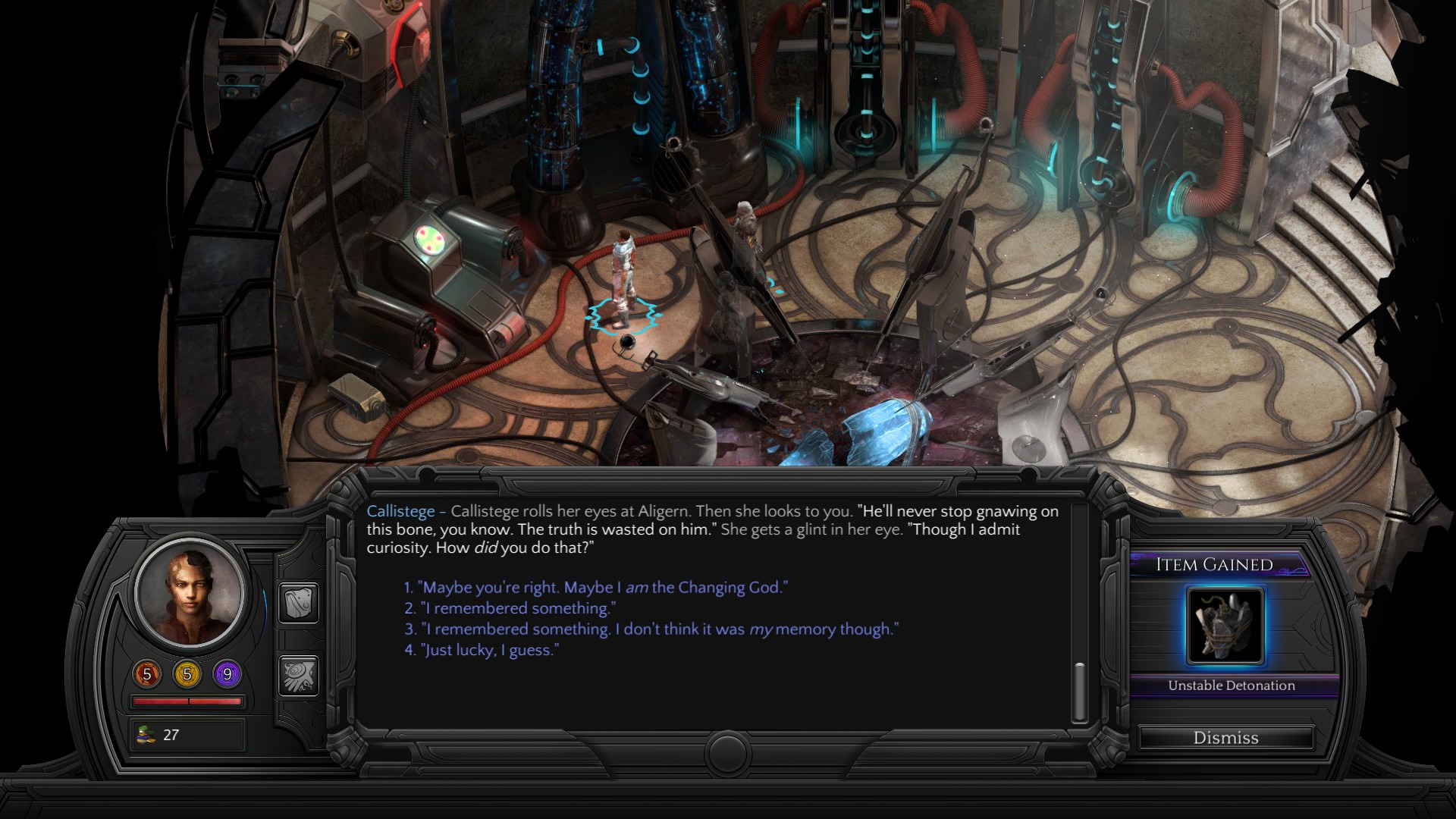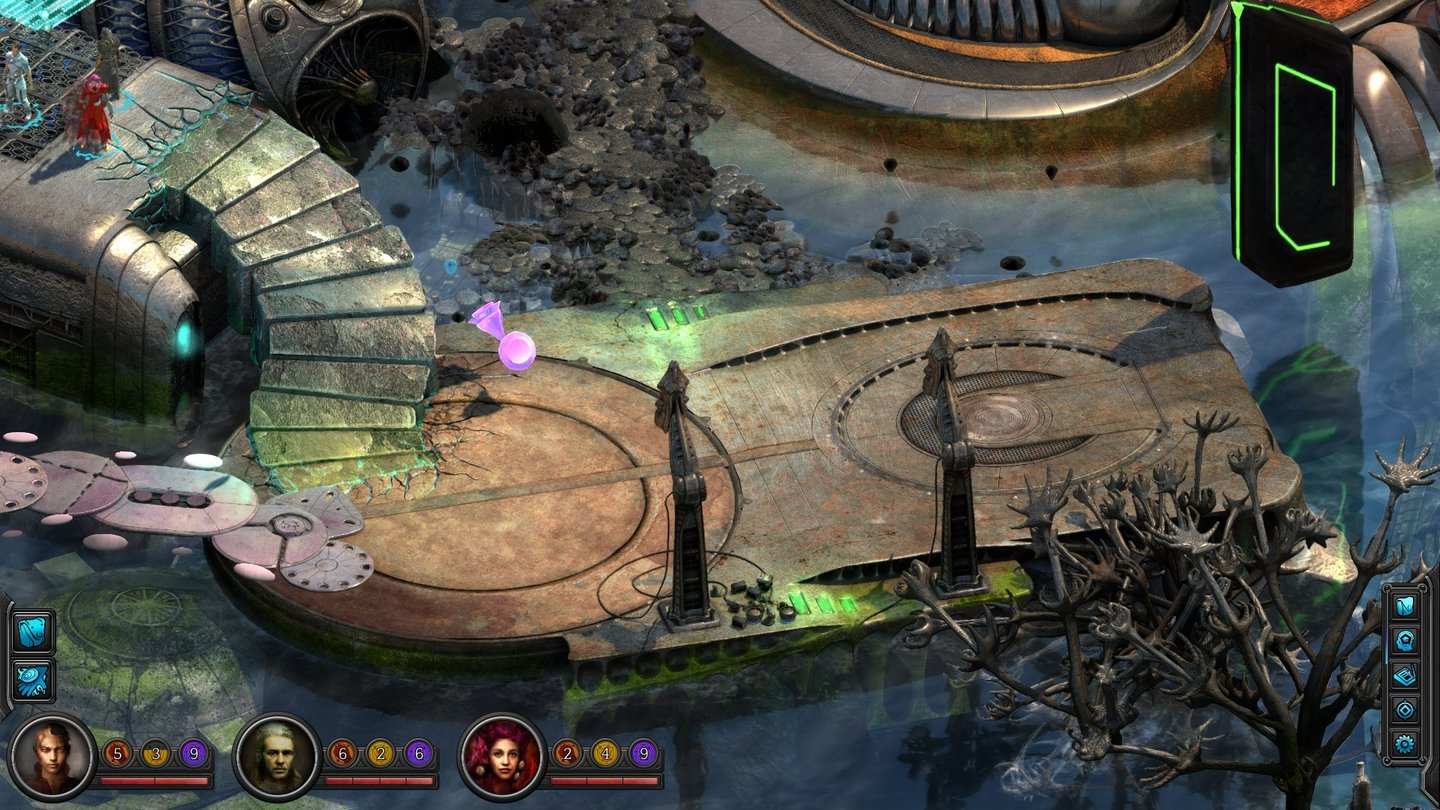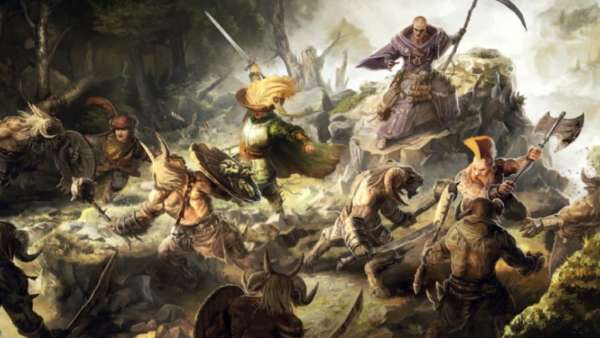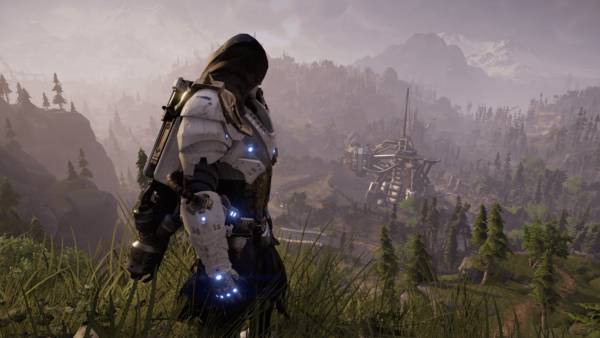Way back in 1999, Planescape: Torment released in the hey-day of the CRPG era. 18 years later Torment is remembered as a cult classic; an example of “games as art (TM)”. Famous for waxing philosophical and a generally bleak tone, Planescape: Torment still tops GOG’s best seller list. Cashing in on that reputation, InXile’s kickstarted pseudo-continuation – Torment: Tides of Numenera. After much anticipation from old school pen and paper RPG fans, InXile have taken a modern stab at navel-gazing ponderings about life, the universe, and stat rolls.
Having no experience with the D&D setting after which it takes its name from, I can say Numenera is a fascinating isometric world of garbage. A billion years from now, the Ninth World is one built on multiple millenniums worth of lost technological wonders. With no form of tech support left around, people have beaten and fiddled the collectively known Numenera until they just kinda, maybe, sort of work. It’s indistinguishable with magic. But it’s easier to accept a super-computer did it, than a wizard.
This is how Torment: Tides of Numenera justifies using the amnesiac protagonist cliche as its launching point. You’re the Last Castoff – the most recent host body for a consciousness swapping being called the Changing God. Suddenly developing your own personality while in free-fall, it all rings a little close to a certain whale in a certain Douglas Adams novel. Thankfully, unlike the whale (spoiler alert), things turn out a little better for the Last Castoff. With no memory before the impromptu skydive, you have to find the Changing God, whilst avoiding a Castoff hunting beast called The Sorrow.
As far as starting points go it works well enough, and the main arc does eventually turn into something more interesting as companions pile up. However, compared to its more recent CRPG contemporaries, Numenera is more comfortable letting the main drive come from the esoteric nature of its world. Thankfully the writing is sharp enough to keep that world engaging.










